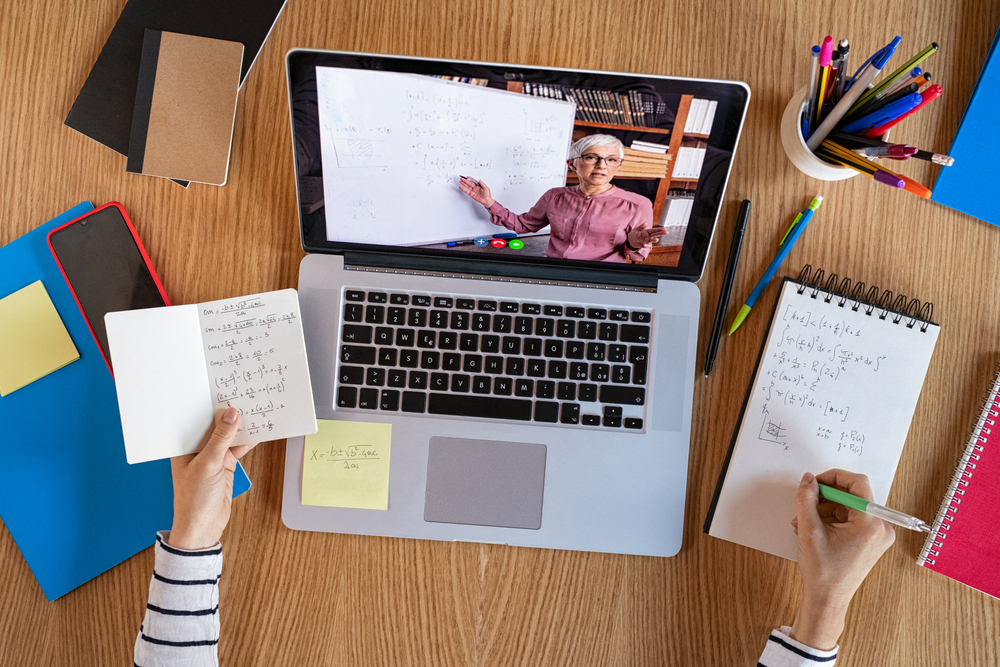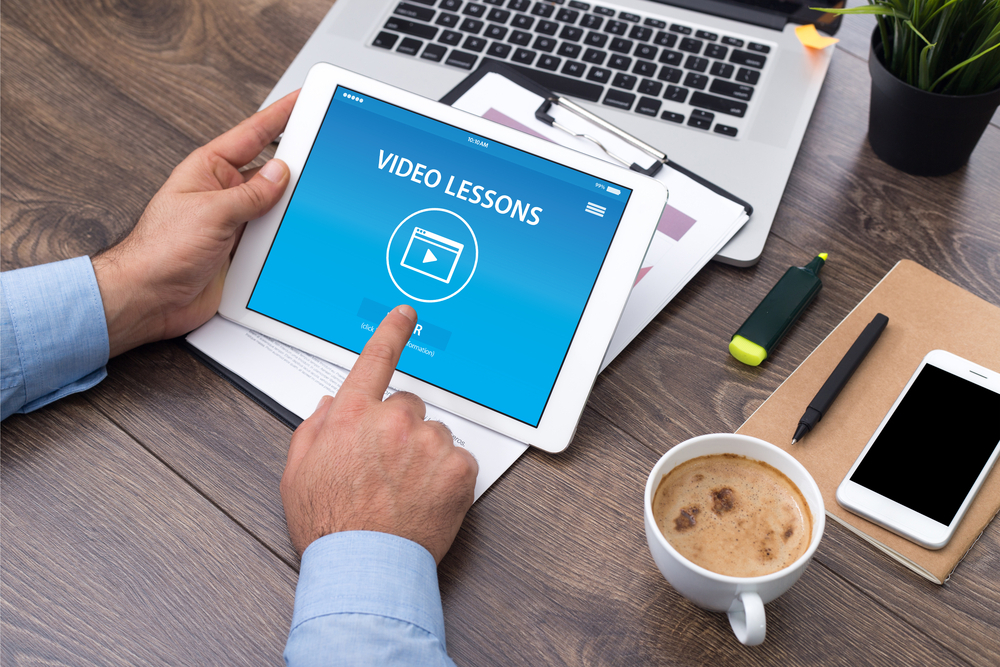Building A More Powerful Educational Video
Gone are the days of standing in front of the classroom and teaching. By using more powerful educational videos, teachers can engage students in innovative ways. Video has also been proven to have reliable results in terms of learning outcomes-from higher test scores to increased participation in learning materials and improved comprehension. Including videos in classroom teaching has many benefits for educators and students. These include saving time to introduce new concepts and the teacher’s ability to build real relationships through guidance.
Benefits Of Using Educational Videos
The benefits of using video in an educational environment are many. Their convenience and versatility make them an asset for students, teachers and educational institutions (whether elementary school, high school or higher level).
Benefits For Students
Compared to using printed materials alone, educational videos can provide a more engaging sensory experience. The learner can actually see and hear the concepts taught, and can process it in the same way as daily interactions.
Digital education videos provide convenience for distance learning, so teachers can reach students from all over the world.
Many videos now include analytics, allowing teachers to track student engagement and attendance while watching. Many companies even provide platforms that can track how long a video is watched and what percentage of the video is watched. This allows the facilitator to evaluate the effectiveness of the video.
They provide teachers with opportunities to get student feedback through videos. This is very helpful for students who are unable to attend classes or need tuition or review courses too.
The video attempts to change the role of the teacher from a lecturer to a moderator. It’s important to note that the educational videos are designed to enhance course materials and lectures, not to replace them.
Benefits For Teachers
Videos increase student engagement, which in turn helps improve grades. If students are interested in this material, they will process it and remember it better. They provide the flexibility of pausing, rewinding or skipping throughout the video for class discussions or viewing specific areas.
They enable teachers to create a flipped classroom or "hybrid" learning environment. However, the video is also very useful for teachers who teach in a traditional classroom environment.
Digital education videos provide convenience for distance learning, so teachers can reach students from all over the world.
Many videos now include analytics, allowing teachers to track student engagement and attendance while watching. Many companies even provide platforms that can track how long a video is watched and what percentage of the video is watched. This allows the facilitator to evaluate the effectiveness of the video.
They provide teachers with opportunities to get student feedback through videos. This is very helpful for students who are unable to attend classes or need tuition or review courses too.
The video attempts to change the role of the teacher from a lecturer to a moderator. It’s important to note that the educational videos are designed to enhance course materials and lectures, not to replace them.

Benefits To The Organizations:
Great potential to improve marketing and communication: Digital educational videos help expand the audience by attracting more people. These can be posted on an institution’s website, via email or digital advertising links, or on social media.
More flexible faculty and staff training: It is often difficult for schools to gather all faculty and staff at the same time, resulting in scattered information acquisition. Using digital educational videos as a delivery method for training ensures that every faculty and staff have equal access to information. Providing this option can not only increase retention rate and recall rate, but it can also be reviewed at any time as an archive.
Ability to record campus events for real-time or on-demand viewing: When parents, students, and alumni learn more about the school through educational videos, they feel more engaged, which increases the possibility of making positive suggestions and interacting with new and old students.
Ability to increase online university courses: Due to the large number of students, online university courses are very popular. Expanding an institution’s online courses through educational videos can greatly increase its attractiveness to potential online students.
Digital educational videos can be integrated into your institution's learning management system (LMS). Making video clips easy to upload to the LMS can also provide additional resources for students and teachers.
Increasing campus accessibility through video can convey a positive public relations attitude to parents, potential students and alumni. This is a powerful recruitment tool as well.
The use of video in education shows a high return on investment (ROI) in institutions that use those tools to measure it. This includes higher scores reported when the video review module is provided and reviewed before the exam.
Tips For Building A More Powerful Educational Video

To build more powerful educational videos, you need the following tips:
1. Chunk Instructions
Good teachers have a lot to say about their subjects. However, when it comes to educational video production, time is of the essence. Research on educational video shows that the learner's investment in video starts to decline after 6 minutes, and then drops sharply after 9 minutes. Therefore, it is important to divide the teaching so that each video can cover a learning goal or task, nothing more. Diverse short videos are better than one long video.
2. Create Video-Prepared Slides
Research also shows that the best educational videos should be highly focused, use visual cues to highlight key information, and minimize the use of text on the screen. Slides used by the teacher in the lecture may not be used in a video. It is thus essential to build a clear, simple and compelling slide platform.
3. Record
You can use many tools to make great educational videos. Here are some ways to really simplify the process and improve video quality.
Recording device:
Ideally, you need to use a touch screen tablet or laptop with a high-quality stylus. This ensures that you can easily annotate the visual effects and display the work. Handwriting also adds a good personal style. However, if you are using a non-touch screen laptop or tablet, but don’t have a stylus, you can still make your own video.
Screen projection program:
The best screen projection program allows educators to easily pause and re-record specific segments of their videos, thereby eliminating the pressure to obtain a perfect shot. Look for a program with a robust video editor and embedded annotation tools.
Microphone:
This is usually forgotten, but it is really useful to have a pair of headphones with an external microphone. These headphones can help you improve the sound quality and ensure that the video does not contain background noise.
4. Strengthen Participation

Simply sitting down and watching educational videos can cause students to lose their attention-the best educational videos can make them actively participate. Research shows that when students take notes or answer educational questions while watching, they retain better material than students who watch passively.
Embedding questions into educational videos using appropriate procedures can improve student interaction and provide valuable formative assessment data. Students should view watching videos as a task they actively perform in order to learn.
